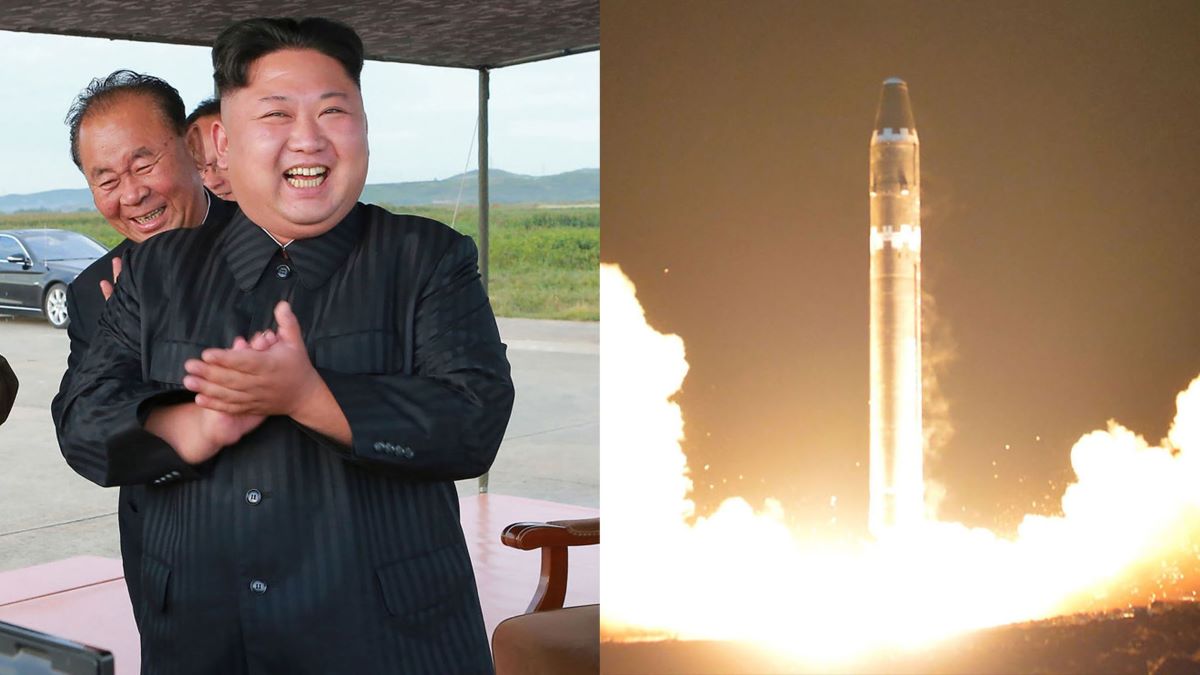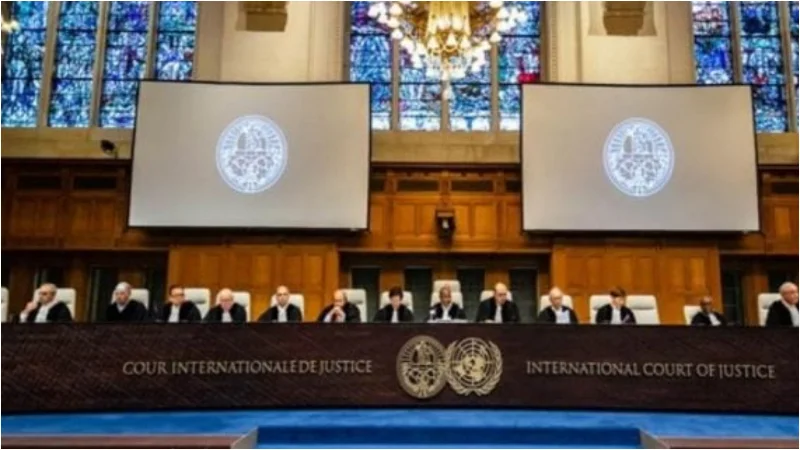Kim Jong-un, North Korea’s “largest ever” nuclear missile launcher, has been accused of faking the launch after an earlier test rocket apparently detonated.
North Korea published a Top Gun-style propaganda video last week, claiming it had successfully tested a Hwasong-17 rocket, called a “monster missile” by analysts who worry it can carry nuclear bombs.
As he oversaw the launch, Kim strutted his thing in a leather jacket and sunglasses in front of the massive weapon, which was originally displayed in October 2020 and is capable of hitting worldwide targets.
However, South Korea’s military maintains that the test used an older, smaller intercontinental ballistic missile rather than the Hwasong-17 in an attempt to deflect unfavourable attention from a prior unsuccessful launch last month.
South Korean and US officials suspect a Hwasong-15 missile was used instead, which was first tested by North Korea in November 2017 ahead of a ban on intercontinental ballistic missile (ICBM) testing that ended last week.
Following the claimed launch of the Hwasong-17, experts in Seoul and Washington noticed flaws in the polished video and photographs presented by North Korean official media.
They assume it was from a previous test, potentially a botched launch on March 16, based on shadows, weather, and other characteristics.
“The choice of the Hwasong-15, which is more reliable with the successful test in 2017, could be intended to block rumours and ensure regime stability by delivering a message of success as soon as possible, after residents of Pyongyang witnessed the failure of the March 16 liftoff,” the defence ministry said in a report provided to parliament and obtained by Reuters.
The test might also have been intended to bolster its reputation as a military powerhouse and improve negotiating power against South Korea, the US, and the international community, according to the research.
According to US and South Korean sources, the Hwasong-17 system was tested on February 27 and March 5, most likely in preparation for a full-range launch.
North Korea never confirmed the launch or its claimed failure on March 16.
Debris from the failed test showered down on Pyongyang, according to Ha Tae-keung, a South Korean politician briefed by the military on Tuesday.
To prevent bad domestic public opinion, North Korea told a “huge falsehood” and declared the March 24 Hwasong-15 launch was a Hwasong-17, according to Ha.
According to official media, the missile flew for 67.5 minutes to a range of 1,090 kilometres and a maximum height of 6,248.5 kilometres.
These figures are comparable to those supplied by Japan and South Korea, and they go further and for a longer period of time than the first Hwasong-15 test, which flew for 53 minutes to an altitude of around 4,475km and a range of 950km.
The parameters of Thursday’s missile, such as rising acceleration, combustion, and stage separation durations, were identical to those of Hwasong-15, even though the aircraft travelled longer and reached greater elevations, according to the report.
South Korean officials speculated that North Korea may have modified or launched a Hwasong-15 without a major test payload to extend its range.




















